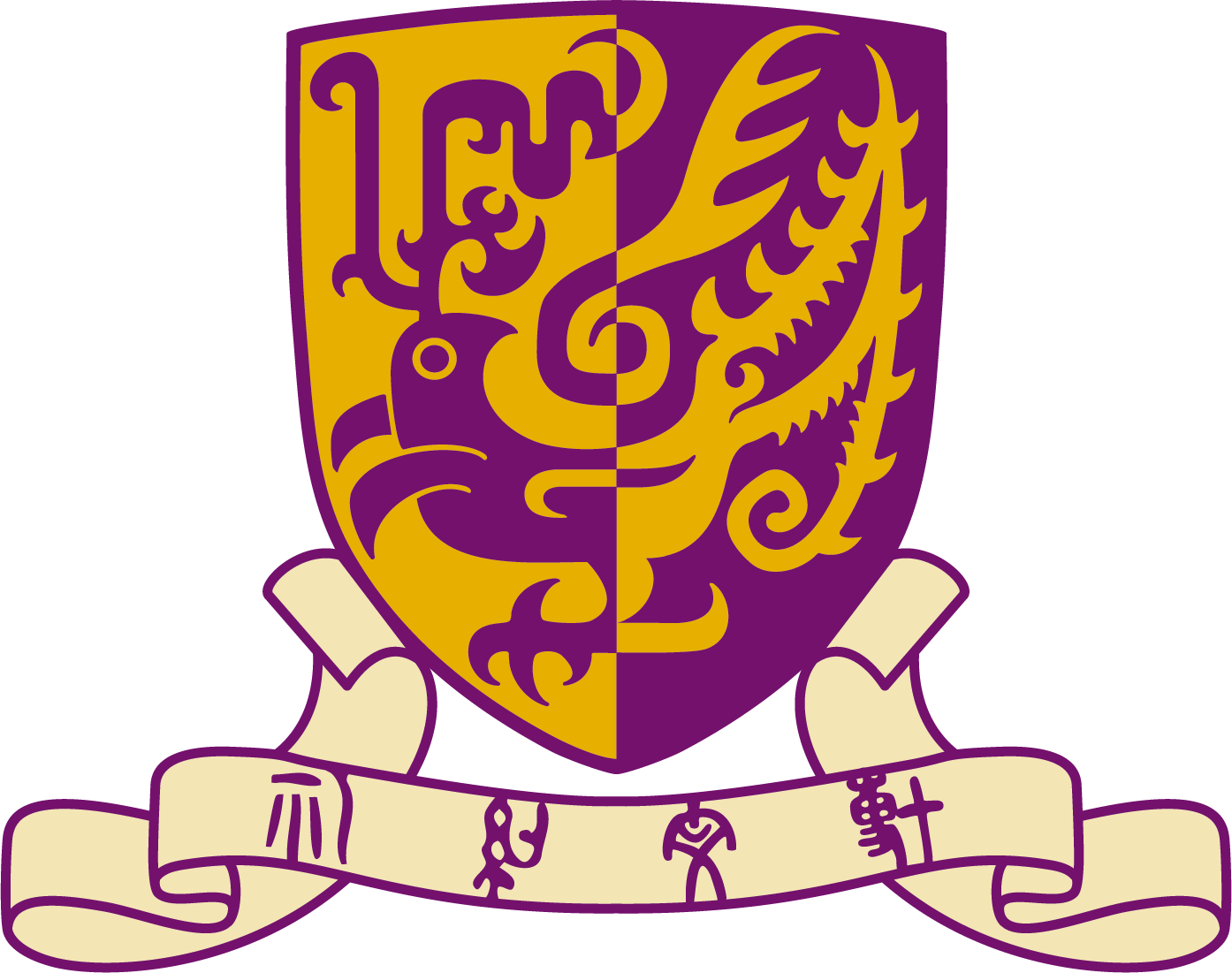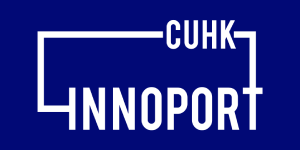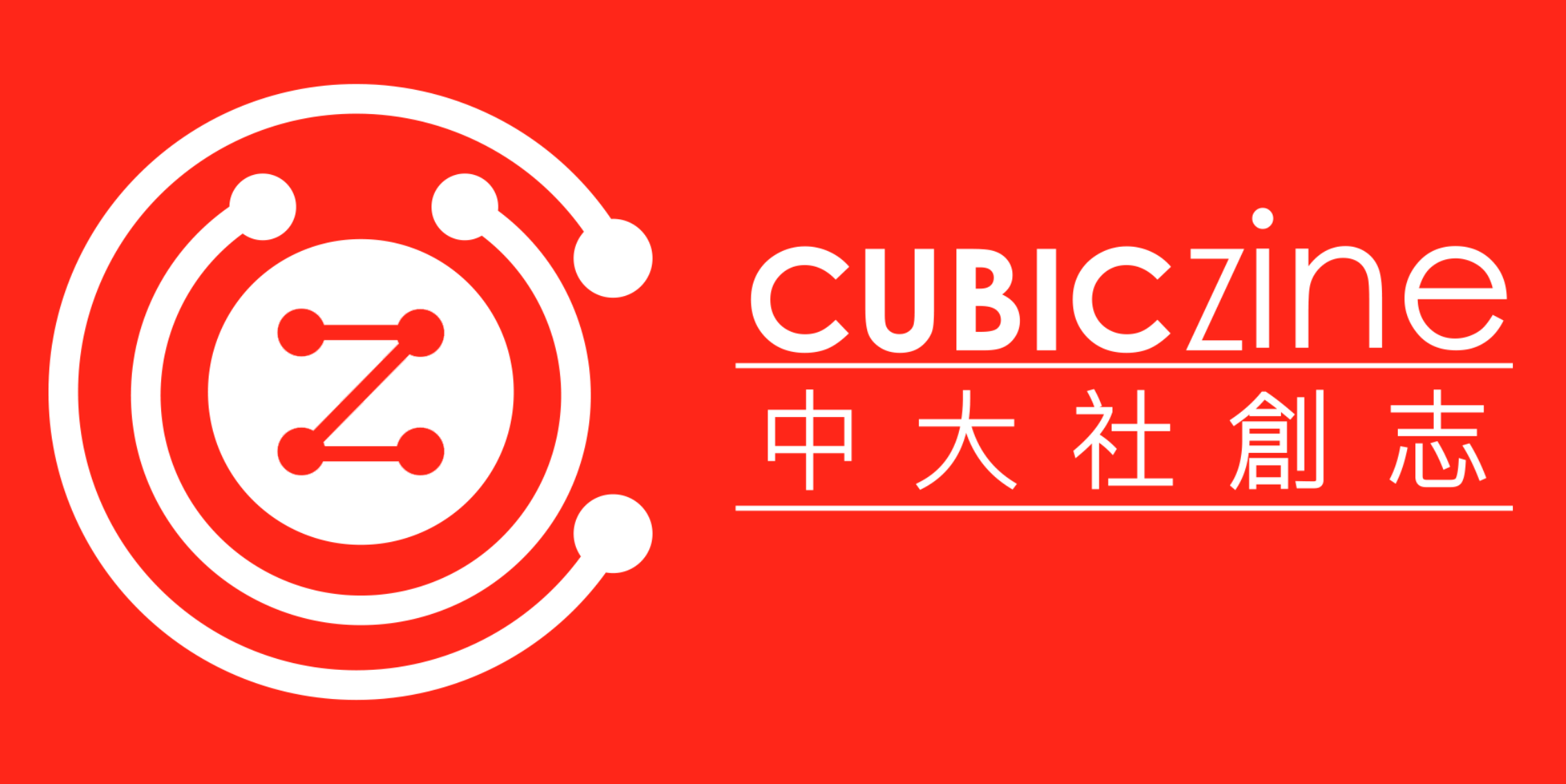ModuLimb Ecosystem: Wearable Orthotic Upper-Limb Assistive Devices
Prof LAU Tat Ming Darwin
- Upper limb paralysed patients (20)
- Orthotists, prosthetists and occupational therapists and their patients (30)
- Tertiary and secondary educated students (50)
ModuLimb Ecosystem: Wearable Orthotic Upper-Limb Assistive Devices
Prof LAU Tat Ming Darwin
The ModuLimb concept is an interchangeable set of single purpose tools that can be attached onto a person's arm forupper-limb assistance. This is very different to existing prosthetics that try to mimic the human hands in look and function,but result in being expensive, heavy and inconvenient to use for activities of daily living. Specifically in Hong Kong, the cost,the service disparity and extensive waitlists of local hospitals hinder the ability for those in need to obtain usable devices.These result in a lack of a practical solution for those with hand and finger impairment, such as amputees, those withfinger/hand osteoarthritis, tendon transfer or removal, stroke, nerve paralysis or even the elderly.
The ModuLimb ecosystem expands on our previously developed task-specificprosthetics by: 1) broadening our beneficiaries from just amputees to the broader class of those with finger and handimpairment, essentially changing our prosthetic platform to an orthotics one; 2) the use of 3D scanning and 3D printing todevelop improved socket and splints to improve wearer comfort, decrease production times and relieve the wait timesrequired at local hospitals by allowing patients to engage directly with our engineers to quickly install a functional device ontheir limb; and 3) expanding to work with a broader network of prosthetists, orthotists and occupational therapists throughour online dissemination of beneficiary case-studies and open-source sharing of our library of developed tools, encouragingtherapists and patients to use ModuLimb.
The ModuLimb is a robust, effective, cost-effective and widely accessible alternative to existing prosthetics for those with hand and finger impairment. Ultimately, the goal is to increase the potential number, breadth and impact of beneficiaries.
- Upper limb paralysed patients (20)
- Orthotists, prosthetists and occupational therapists and their patients (30)
- Tertiary and secondary educated students (50)
2024
Healthcare, HealthTech, Well-being




